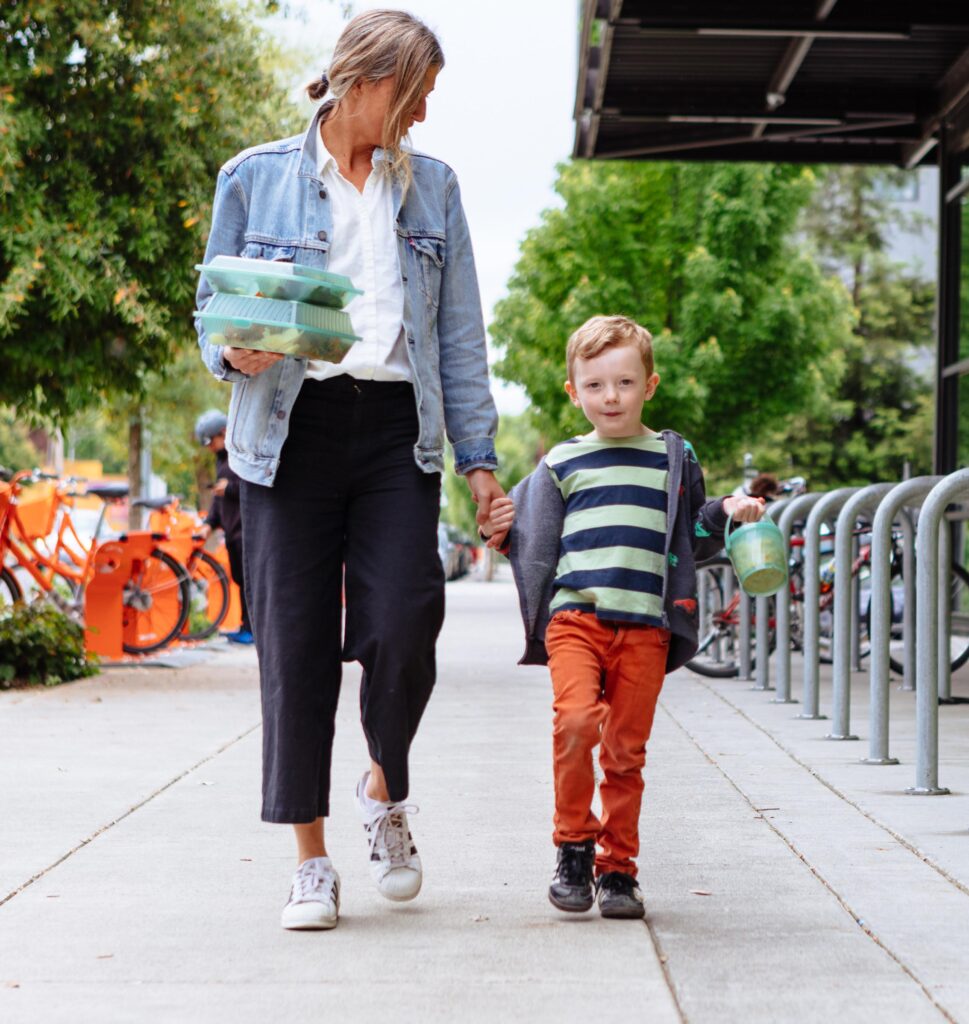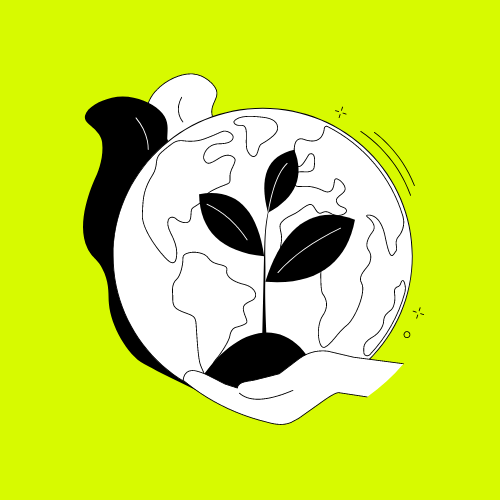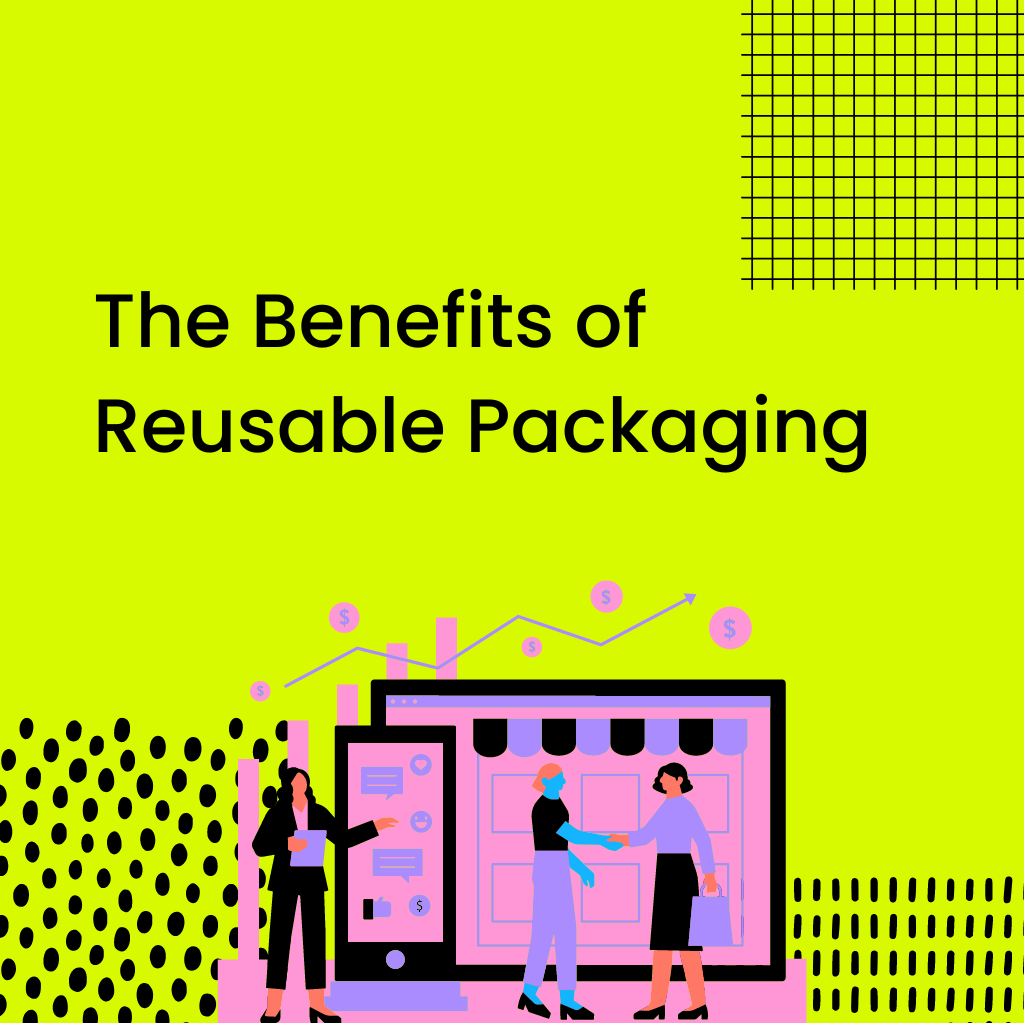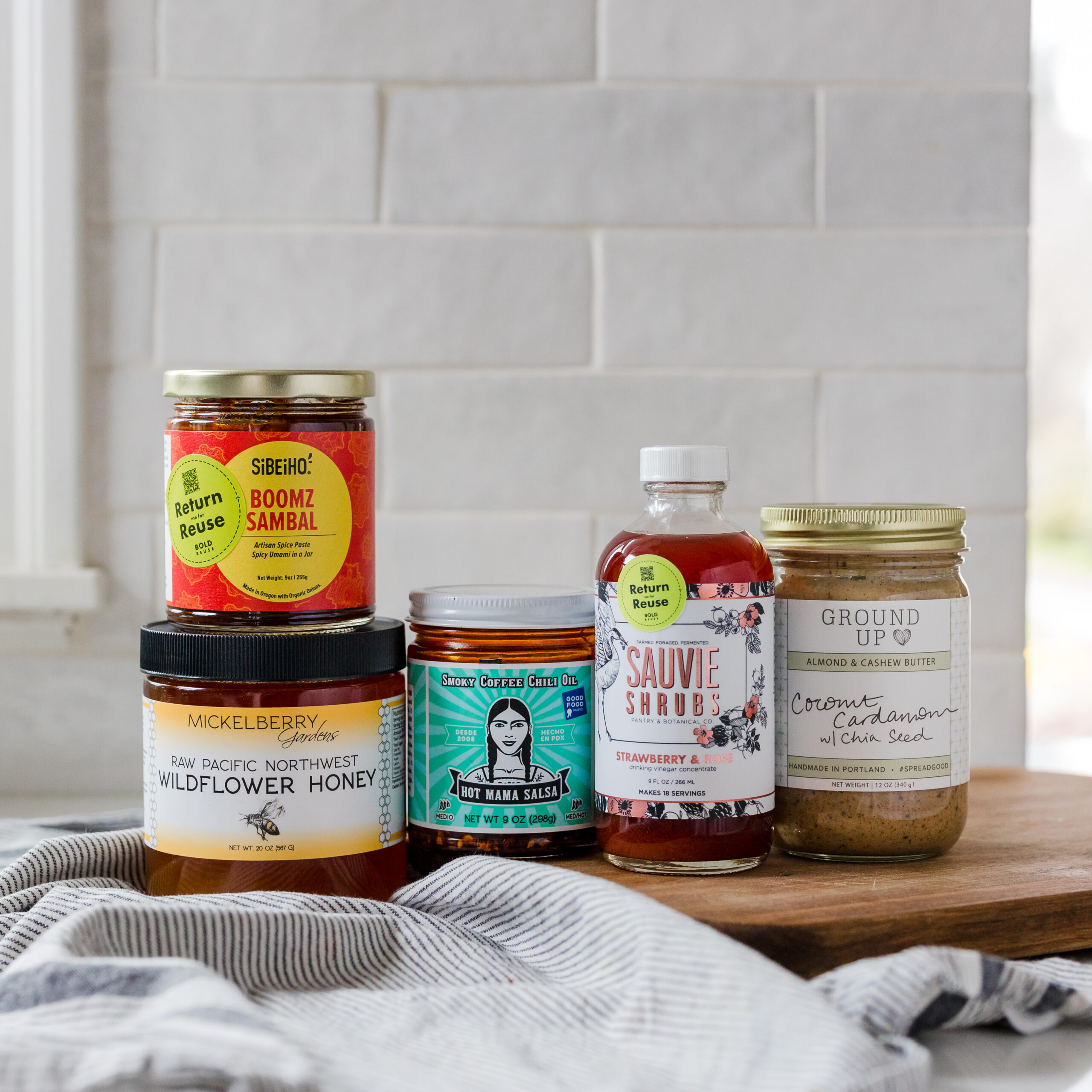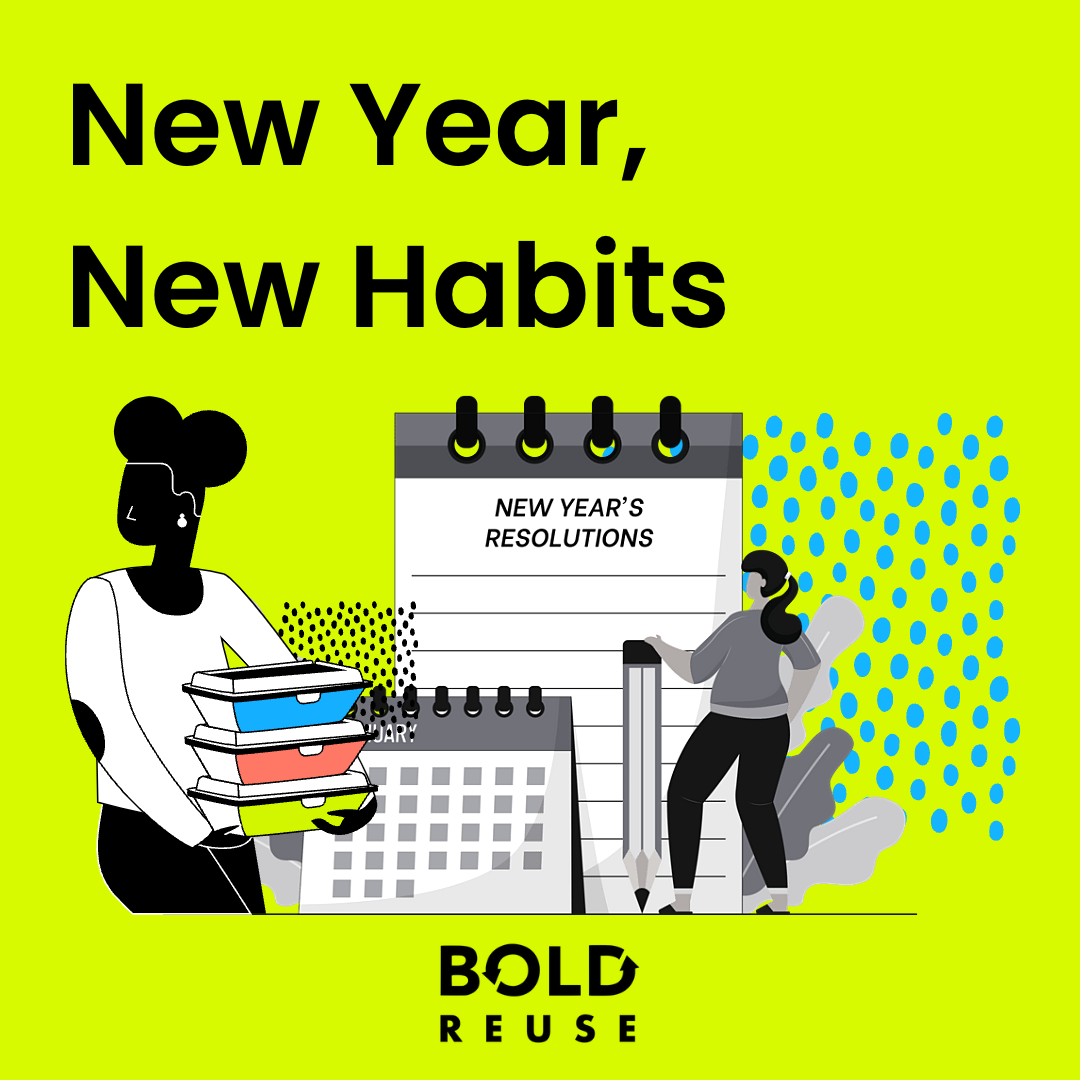Our Waste Problem:
Nearly 1 trillion single-use foodware and packaging items are used by US restaurants each year. Those disposables cost the foodservice industry $24B each year, all for items that are just going to be thrown away minutes after use. Not to mention the trillions of additional single-use items like shipping materials, gel packs, consumer products, and packaged foods that end up in our landfills, waterways, and streets.
If you think about the sheer amount of waste created in just a single day from everyone eating and drinking, it feels staggering. Then to think about all the trees that are cut down and the energy that is needed to create and transport items that will be tossed in minutes – WOW. Just wow. It seems like the way we do things currently is a little ridiculous.
What about compostables?
So what about compostables? That will save our trash problem, right? And they are better than plastic?
Wrong.
As a self-proclaimed environmentalist, I fell to the marketing ploy that compostables are the best option, but that isn’t accurate. Here are a few reasons why compostables won’t fix our trash problem
- Compost Facilities: Very few cities compost and even those that do might not take “compostable” foodware. These items don’t degrade in landfill either and will live forever.
- Chemicals: These products are lined with chemicals called PFAS which help to repel water and oil. PFAS are also used in flame-retardant carpets and nonstick pans and are linked to negative health effects like lowered fertility and cancer. This is probably not something we want in the soil that grows our food. Cities like Portland, OR don’t take compostable foodware because of this exact problem.
- Carbon: The carbon footprint to create a compostable product is very high. Below is a graph that shows various cup types, the worst offender being a basic paper cup. What’s even more surprising is that the compostable option is worse off environmentally than a typical Solo cup.
Why Reuse Solves Our Trash Problem.
So what is the solution to our packaging waste problem? Composting isn’t the silver bullet we all had hoped and recycling is still very high in energy utilization.
Should everyone carry Tupperware with them? Very unlikely.
Reusable packaging might work, but doesn’t it use a ton of water and energy? Actually not really.
Here’s a look at CO2 used for cups at a venue, comparing reusable plastic & stainless steel vs. single use put together by Upstream Solutions.
Here’s another cut of the data looking at water utilization by material.
Reusable foodware beats single-use alternatives through every environmental measure, and breaks even after just 2 uses in many cases.
Big companies like Starbucks and Target are already thinking about exactly this. Starbucks plans on implementing reusables nationwide by 2025 and completely phasing out their infamous paper cups.
If reuse is the answer, how do we get reuse operating at scale to support washing and reverse logistics at scale and make it easy for consumers and businesses to implement?
Programs like us at Bold Reuse are created to make this possible. Previously known as GO Box, we’ve been supporting successful reuse programs for Starbucks, Kroger, and Imperfect Foods in the Pacific Northwest. As our company grows, our mission is to make reuse systems a reality for consumers and businesses.
If you’re interested in learning how reuse can support your business, set up a call with us here.

